Berbers
Throughout Morocco, you can find inscriptions on buildings and signs written in an alien language.

This inscription means “Technopark,” and it is written in the Berber language. Yes, such a language exists.
We are lucky: in Berber, “Technopark” will be “Teknubark.” Such a coincidence allows us to read the inscription.
It should be read from left to right, then you can recognize several familiar letters. The cross resembles the letter “T,” the zigzag resembles the letter “E.” The last letter looks almost like “K.” The remaining letters are unrecognizable and do not resemble Latin characters.
There are several Berber languages. Nearly 90% of Berbers speak one of the seven Berber languages. They all differ slightly from each other. At a colloquial level, we would refer to them as dialects.
Berber languages use different alphabets for writing. For many years, these disparate writing systems have been attempting to be standardized. The most successful attempt is the “Neo-Tifinagh” alphabet, which was developed in Morocco in 2003. Most of the inscriptions in the Berber language in Morocco are written in Neo-Tifinagh.
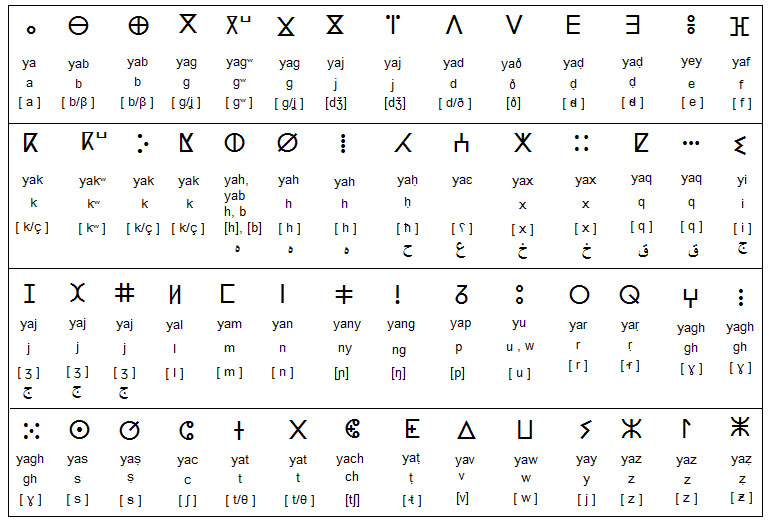
Berbers write and speak in the Berber language.
The word “Berber” is derived from the same root as the word “barbarian” and came to us from Greek, where it meant any foreigner. The self-designation of the people, of course, does not have a barbaric connotation. Berbers refer to themselves as Amazigh, which means “free people.”
Free people live in different countries. The largest population of Berbers is in Morocco, ranging from 14 to 20 million people according to various estimates. Algeria is in second place with a population of 9 to 13 million Berbers. Other countries are significantly behind: Libya is in third place with 4 million, followed by Mauritania and France with 2.5 million Berbers.
Morocco can rightfully be considered the homeland of Berbers because not only are there more Berbers in Morocco than anywhere else, but they also make up half of the country’s population. That is a significant number.
What do Berbers look like and where do they live? If you open Wikipedia, you will see colorful photographs of people wrapped in indigo-colored tagelmust and dressed in traditional attire called a “galabeya.”
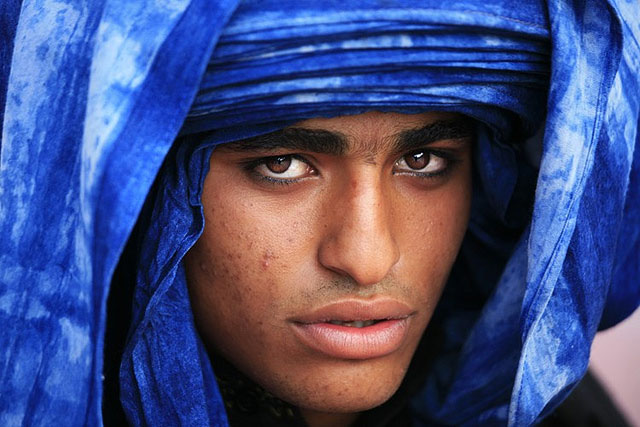
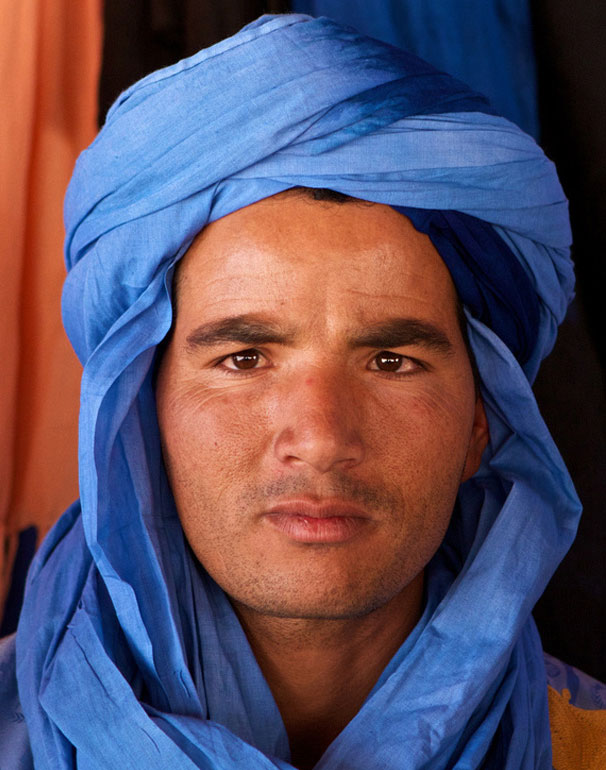
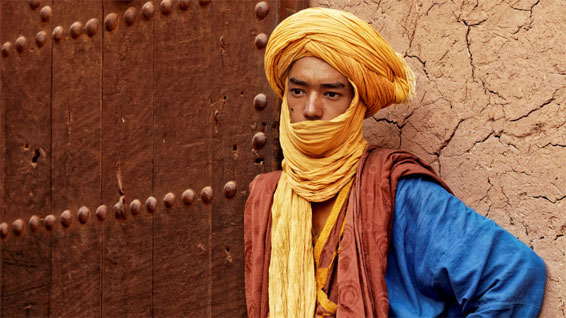
I have already mentioned in the general overview of Morocco that it is a collective image. Indeed, the tagelmust and galabeya are the national attire of the Berbers. However, few people wear them on a daily basis. Primarily because Berbers live in rural areas, mountains, or deserts. In such conditions, beautiful and expensive clothing does not last long. It quickly gets dirty and torn. Such attire is worn only on special occasions or by urban dwellers.
Berbers live throughout Morocco, but their traditional homes are remote villages and rural areas. Many of them live as hermits in the desert and mountains. However, most prefer small settlements.
Berber villages are poorly developed. There is no asphalt or water supply, and electricity was introduced relatively recently.
A typical Berber village is Ourika, located forty kilometers from Marrakech.

In Ourika, there is a Berber museum that houses numerous exhibits, primarily functional items such as plows, mortars, oil presses, knives, scythes, and grinding stones.

To the surprise of many, the museum director in this remote area speaks Russian quite well.
Salah loves to pose riddles. While showing each item in the museum, he asks to guess what it is and what it is used for. Sometimes you struggle to recall the correct word even in your own language, let alone in English. But Salah himself provides hints: “Zis neim is vindmill.”
But most of all, Salah loves to talk about Berber carpets. It turns out that these carpets contain encoded stories within them.
Berber carpets are a system of writing. The cipher is based on two figures. The triangle represents a man, and the diamond represents a woman. Diamonds and triangles are repeated throughout the carpet, forming the framework of the story.
Then colors are added to the figures. Their meaning is quite vague, but most often green signifies paradise, blue signifies a child. Yellow can additionally signify a man, and red signifies a woman.
Various combinations and repetitions of figures and colors create a straightforward narrative. For example, on this carpet, diamonds repeat from both sides. There are a total of 24 diamonds in the pattern. Thus, a woman who is 24 years old is encoded.
Inside, there is a schematic drawing of a person. Their head is painted in green and shaped like a diamond, once again indicating a woman. However, their body is painted in yellow.
The entire encryption signifies that a 24-year-old woman is pregnant with a boy. This carpet was given as a birthday gift.

This is the simplest pattern. Carpets can be much more complex, and some Berbers will understand what each element represents. Salah spent a whole hour talking about carpets.
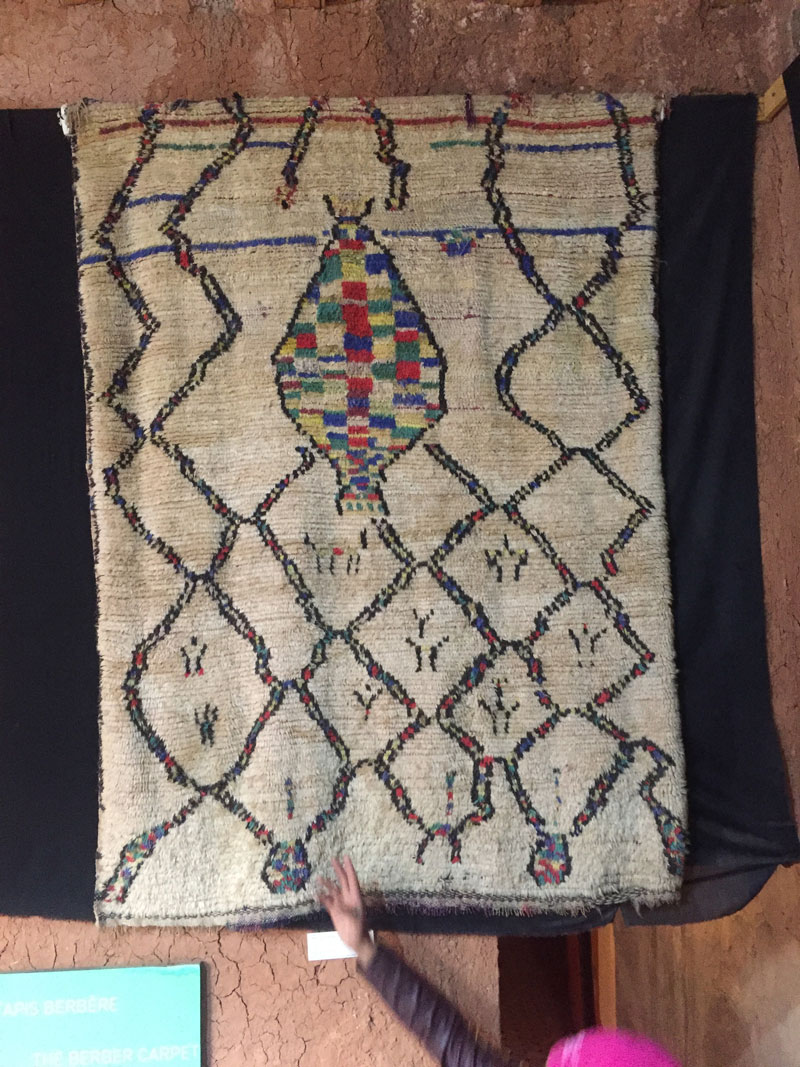
By the way, these rags are unlikely to be suitable as carpets — they are sewn from goodness knows what. It could be threads or plant stems. It’s unlikely to be comfortable to lie on such a carpet; it can only be used as a doormat. But the Berbers are very poor, so for them, this piece of cloth is considered a carpet.

If carpets are not interesting to look at, Salah can be asked to show his house. For a small fee, the Berbers will gladly provide a tour of their extremely impoverished dwellings.

The houses in the Berber village are made from whatever is available. It seems to be a mixture of clay with straw, along with bricks and concrete. All the buildings are extremely cheap and flimsy, and there is nothing around — just mud and ruins.

Don’t assume that it’s always hot in Morocco. Ourika is located close to the Atlas Mountains, and it gets quite cold here in winter. During the day, in rainy weather, it can be as low as +10 degrees Celsius, and there can even be frost at night.
The flimsy clay houses let in all the water. They get flooded during rains, which doesn’t add any comfort at all.
But the house is cold even in warm seasons. It is intentionally built to ensure it doesn’t get too hot during the summer. Not all corners of the house warm up well, even in the heat. That’s why every Berber house has a stove.
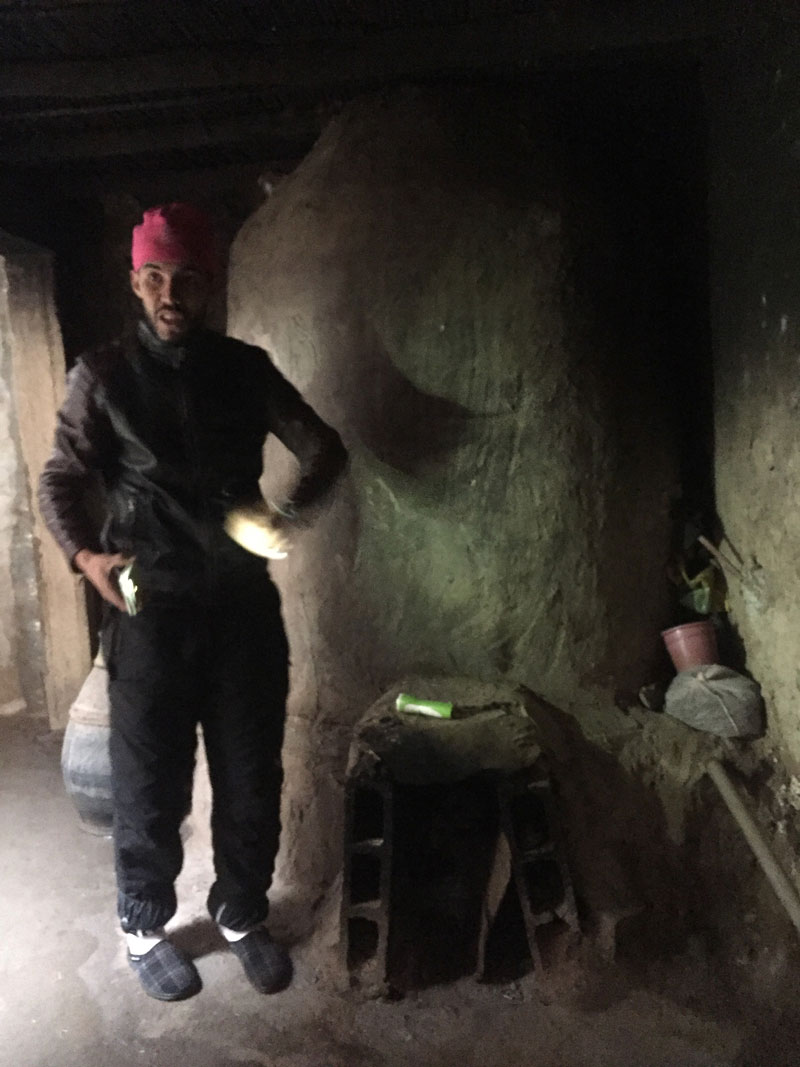
The stove is designed to heat not only the house but also the barn with animals. Berbers keep livestock such as cows and donkeys in the basement of the house.
Certainly, the stench from the livestock is unbearable. It’s nauseating. Salah explains, “The animals warm up from the stove, but they also defecate and breathe, which further heats up the house.”
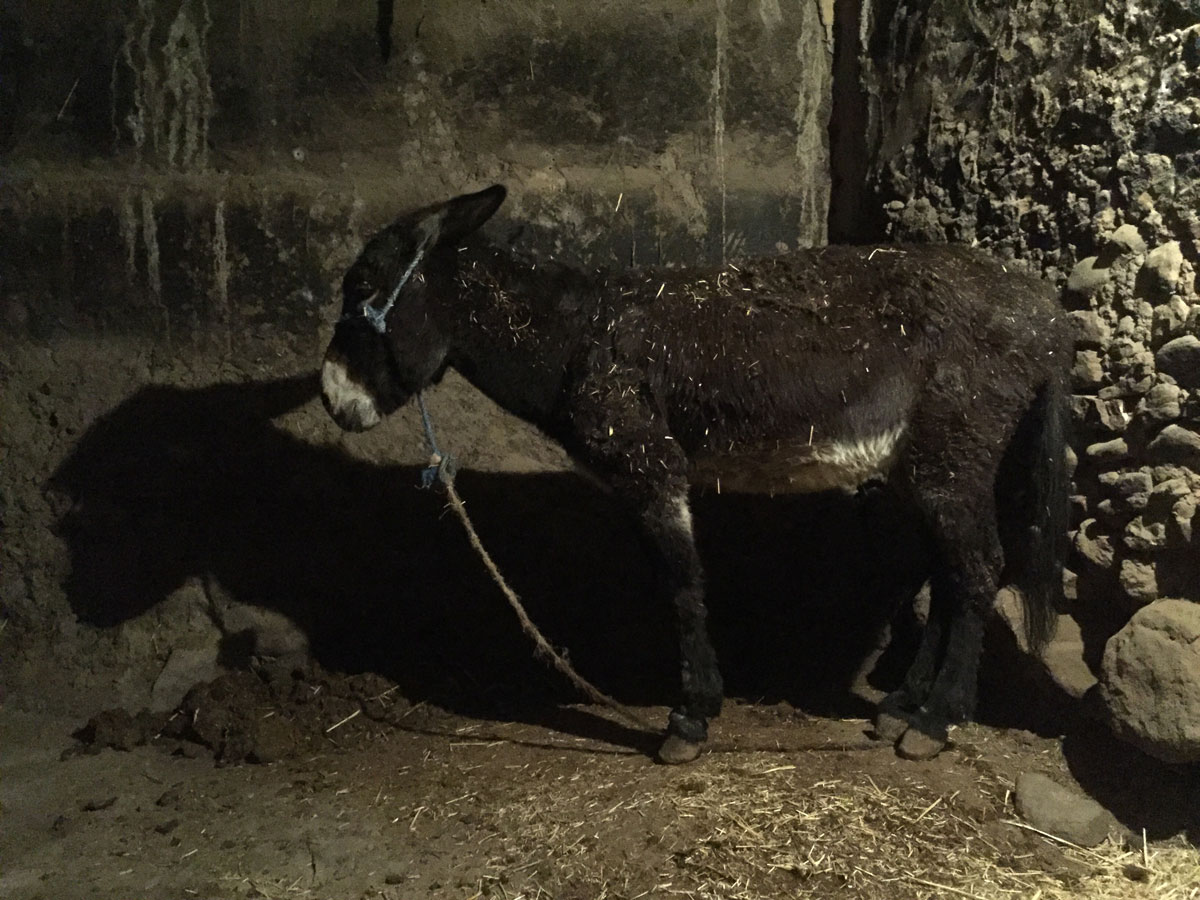
There is another stove in the house. It is used for cooking food. The Berbers prepare food either in a pot if it’s soup or meat, or by rolling it directly on the clay stove if it’s flatbread.
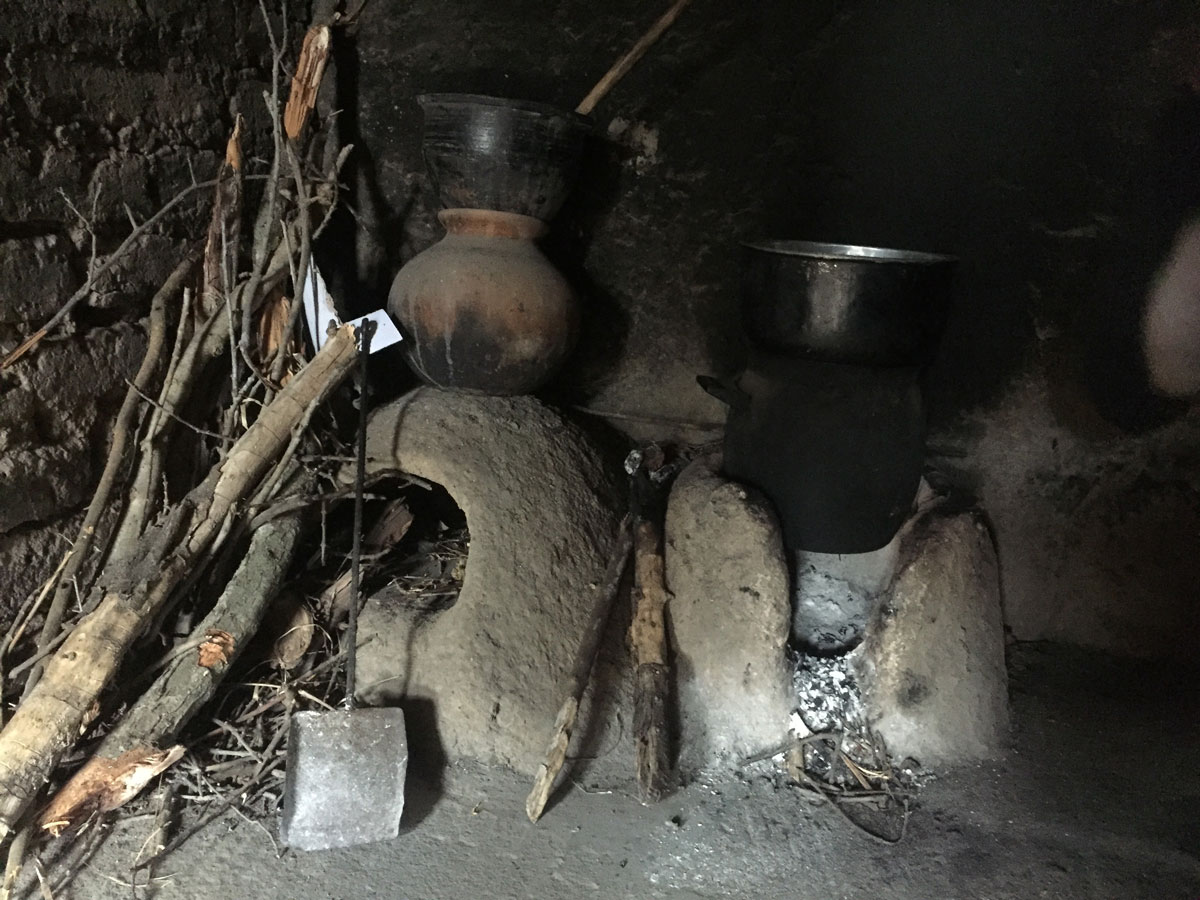
The house has numerous rooms. The poorer the people, the more they tend to reproduce and multiply. That’s why the Berbers have large families, sometimes consisting of several dozen people.
But all the rooms in the house are dark and resemble storage spaces. It is very difficult to live in such conditions.

There are women in Berber villages as well. In their free time from building houses, tilling the land, and tending to livestock, Berber women are engaged in churning butter. That very delicious butter in the world.
After obtaining milk from the cow, it is poured into a butter churn. In reality, the butter churn differs significantly from its museum counterpart. If a wooden churn with a handle is displayed in a museum, in reality, the butter is churned in a ten-liter plastic bottle suspended from the ceiling.
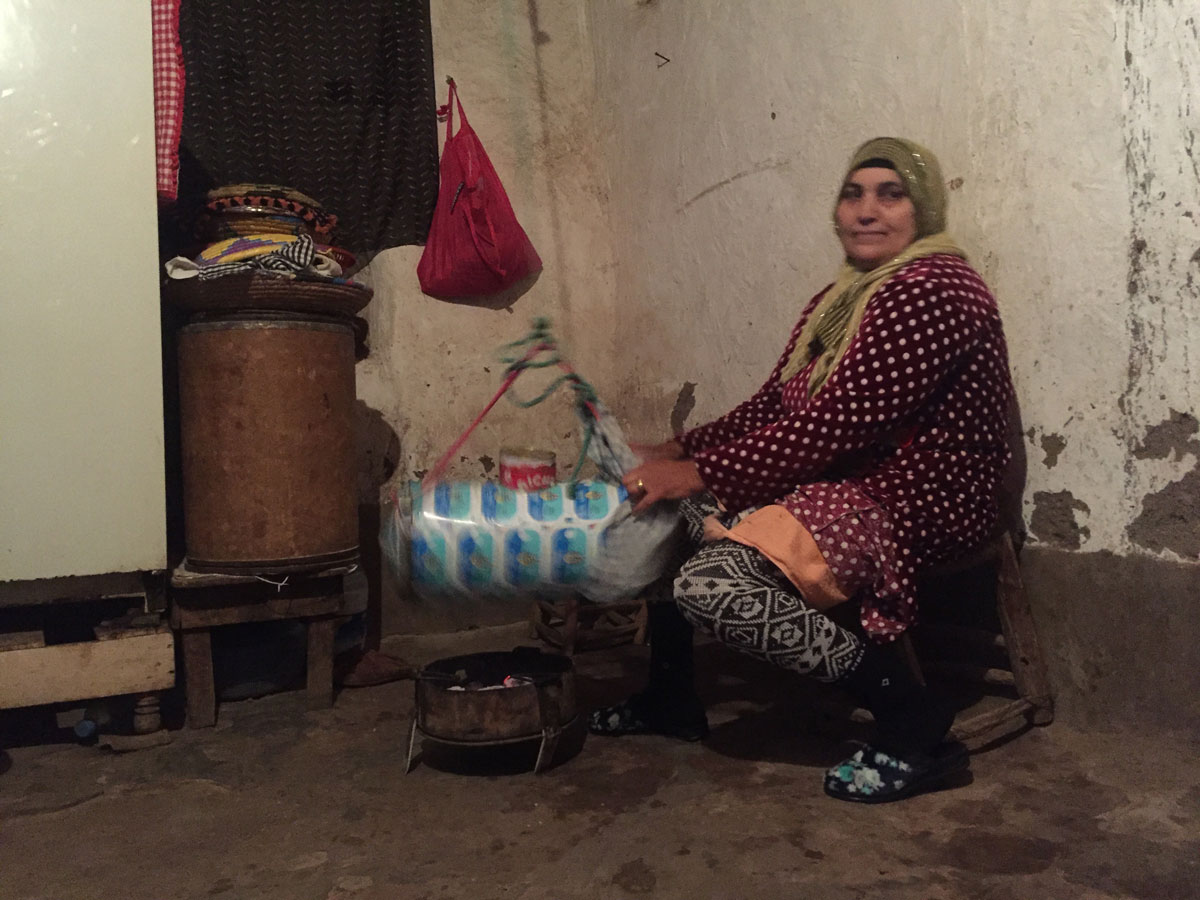
The butter is churned for several hours. A woman sits on a small stool and continuously shakes the butter churn back and forth over a small fire for hours.
Salt is added to the butter during the churning process. This is done not for taste but for preservation. Here, there are often hungry years with poor harvests. Therefore, the butter is salted and stored in large barrels. If a year turns out to be bad, the butter is purified from the salt and consumed.
It turns out that the slightly salty taste of such oil is not intentional but merely a result of brining. After brining, the oil cannot be completely purified, so it remains slightly salty.
Salah is telling:
“We live very poorly, but very well. What’s it like in your city? Just smoke and dust. That’s not life. Do you know how healthy we are in nature? We have an old man here who is 120 years old. And that’s not the limit! Many live even longer. It’s all about healthy eating and clean air.”
“And where do you work, just in the fields?”
“No, many of us commute to the city for work. There’s a bus stop here. We leave for Marrakech at 8 in the morning and return at 7 in the evening. Just an hour on the road!”
“That’s simply wonderful! People live near Moscow in our country and spend 2—3 hours commuting one way.”
“Seriously, that long? Come live with us! You’ll be healthier.”
Salah is not far from the truth. Of course, they don’t live up to 120 years, but the average life expectancy in Morocco is 76 years. In Russia, people live much less than in this remote place. The average life expectancy of a Russian is only 71 years.
The paid tour includes lunch with a Berber. Salah and his mother set the table. They serve fresh bread and that same salty oil. They pour mint tea and bring two saucers of honey: one dark-colored, the other light.
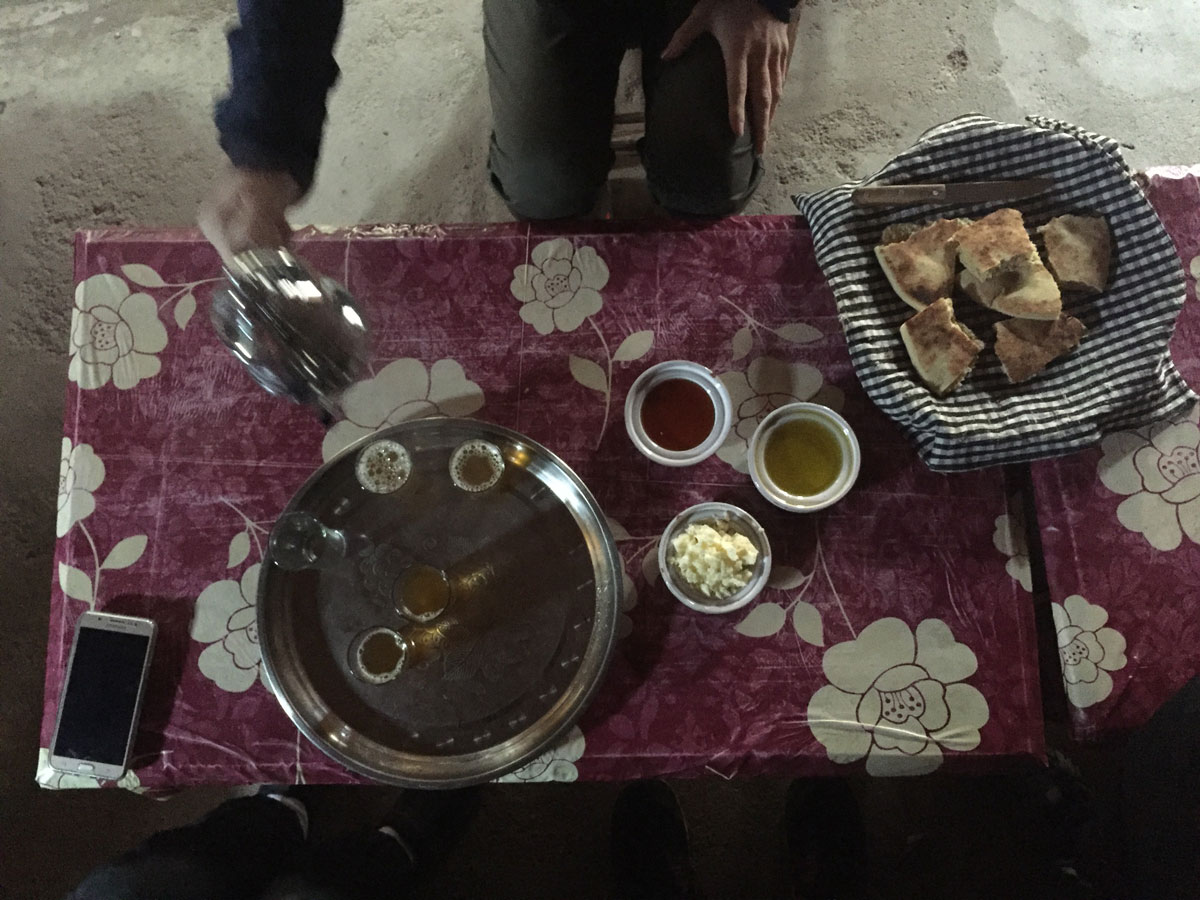
“We won’t leave from here,” Salah continues, “even if they try to evict us. It’s good here. The king brought electricity in ’91, praise the king.”


